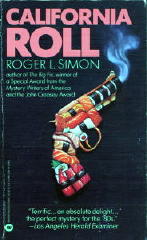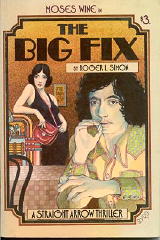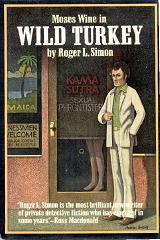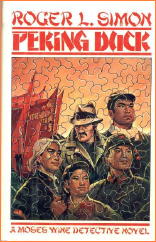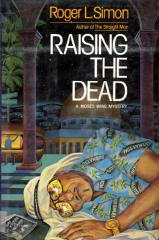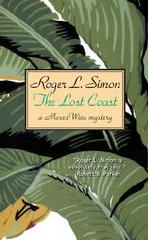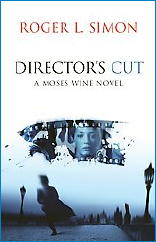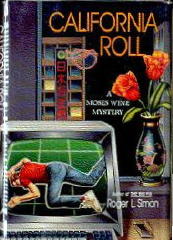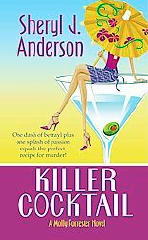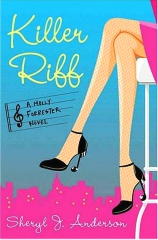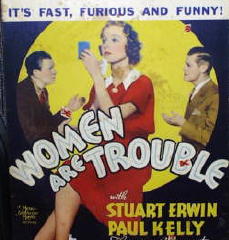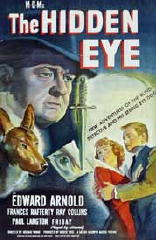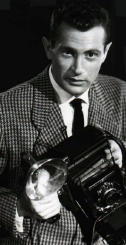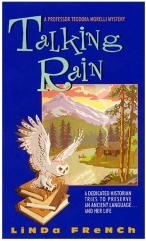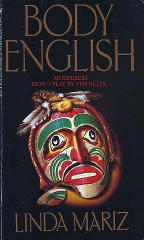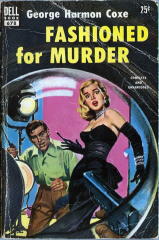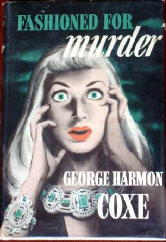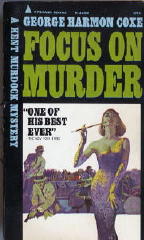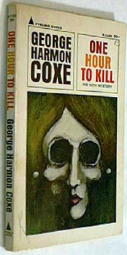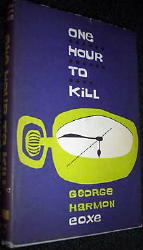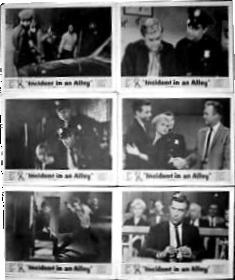Wed 13 Aug 2008
ANDY STRAKA – A Killing Sky.
Signet, paperback original; 1st printing, April 2002.
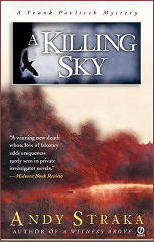
Private eye novels have been around for a long time, and it has to be tough for a new writer on the block to come up with a new idea, but Andy Straka has come up with a couple that are new to me. This is the second case featuring Charlottesville (VA) private eye Frank Pavlicek — the first being A Witness Above from 2001 — and I think he’s going to be around for a while.
There are also some things done here that have been done better somewhere else, but I’ll go with the pluses first. Pavlicek’s a single father, and his teen-age daughter, a college student, wants to follow in his footsteps. As a computer whiz, she’s ready to help out when e-mails have to be recovered from hard drives, records tracked down and similar high-tech wizardry far beyond Sam Spade’s wildest dream. (And if he had a daughter, we never knew that either.)
Pavlicek, like the author, is also a falconry enthusiast. Not that it adds anything to the case he’s solving, except for the occasional break in the action, but never unwelcome.
He’s hired by one of a disreputable (philandering) congressman’s twin daughters to help find the other, who’s been acting strangely and has suddenly gone missing. Lots of Washington dirt in the case, in other words, and many of the participants have played their roles before: cheap thugs as bodyguards, the congressman’s ex-floozy girl friend now turned tattle-tale TV show hostess, obnoxious staff assistants and the like.
And other than Pavlicek’s daughter, someone Spenser (so far) has never had anyone similar to tag along with him, the rest of the returning cast could be moonlighting from Robert B. Parker’s books (lovely lady friend, macho multi-talented guy friend). With similar laconic dialogue to boot. Which is not bad, in itself, but it’s not exactly new either.
A greater displeasure was twofold. The case is undone with a nice combination of old-fashioned detective footwork and new-fangled computer savvy, but that old standby, pure luck, still comes in handy to crack it open. Not to mention the next to utter incompetence of the bad guys, allowing Pavlicek and his buddy Toronto to invade their compound without their ever looking up.
As a summary: promising, and maybe a contender someday. At the least, worthy of a few more cases to come. (I liked the daughter idea.)
[UPDATE] 08-13-08. It looks like I was wrong. And this is discouraging: it also seems that award nominations don’t help if sales don’t match up to expectations. No big surprise there, but apparently there were only three Frank Pavlicek books in the contract, and that’s all there’s going to be.
Here’s Andy Straka’s complete mystery-writing resume. Note the good news: a stand-along novel just published earlier this year:
A Witness Above. Signet, pbo, May 2001. FP = Frank Pavlicek. Shamus, Anthony, and Agatha Award nominations [Best First Novel.]
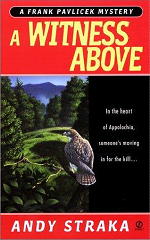
A Killing Sky, Signet, pbo, April 2002. FP. Anthony nomination [Best Paperback original.]
Cold Quarry. Signet, pbo, April 2003. FP. Shamus winner [Best Paperback original.]
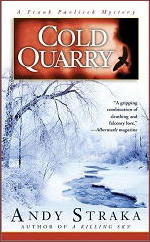
Record of Wrongs. Five Star, hardcover, Feb 2008.
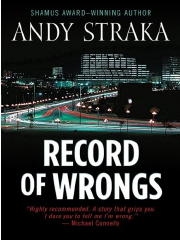
>>>
[UPDATE #2] Later the same day: an email from Andy Straka, with welcome news:
Steve,
Thanks for the nod.
Also, good news! The Shamus Award-winning Pavlicek series is being resurrected. The fourth book in the series, Kitty Hitter, will be published in hardcover by Five Star/Gale/Cengage in August 2009. (See synopsis below.) Earlier titles to be re-released in trade paperback. More details will be posted on my website as they develop.
Andy
— KITTY HITTER by Andy Straka (to be released August 2009) (Gale/Cengage Learning)
No one would mistake Virginia private investigator and falconer Frank Pavlicek for Ace Ventura. But when the ex homicide detective is asked to return to New York City to help find a physician/animal rights activist’s missing cat, the stage is set for one of the most bizarre cases of Frank’s career.
Are the doctor’s accusations true? Has the eccentric developer of her luxury apartment building actually hired a hit man to kill her pet by stealing the poor creature and hunting the kitty down with a bird of prey? Turns out, the doc and some of her fellow apartment owners are embroiled in a rancorous legal dispute with the developer. Other pets are missing too and witnesses claim to have spotted a specter-like figure prowling Central Park at night carrying a giant owl.
With the help of his daughter Nicole, sometime partner Jake Toronto, and tough-nosed PI Darla Barnes, Frank soon discovers more is at stake than any of them had imagined. Chasing the mysterious falconer, they stumble upon an anonymous, half-dead child. Darla is shot and seriously wounded. To make matters worse, a newspaper reporter more interested in a bizarre story than in pursuing facts interferes along with competing camps of protestors. Not to mention Frank’s rekindled romance with erstwhile flame Marcia D’Angelo.
In the end, both the good doctor and the developer must come clean about their respective agendas, exposing a true malice that has escaped unnoticed. Overcoming such an evil will take every skill in Frank’ s hunting bag … and a sacrifice by a heart as big as New York City and all outdoors.
